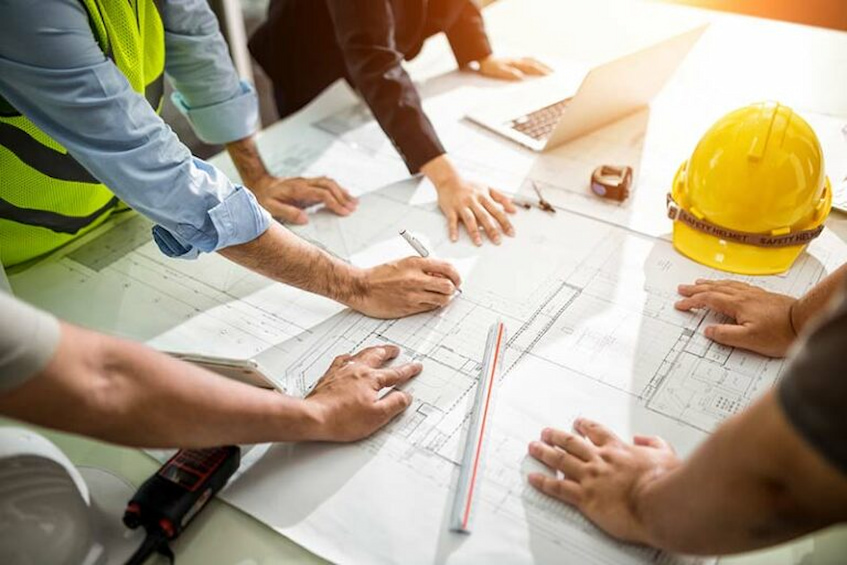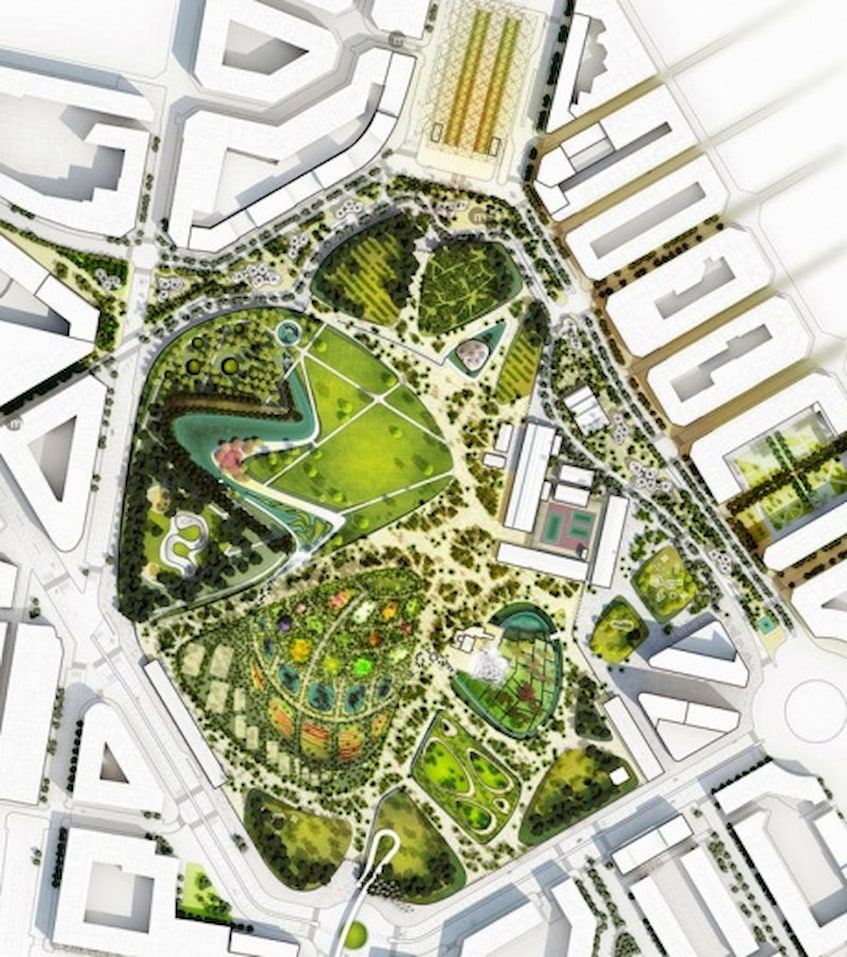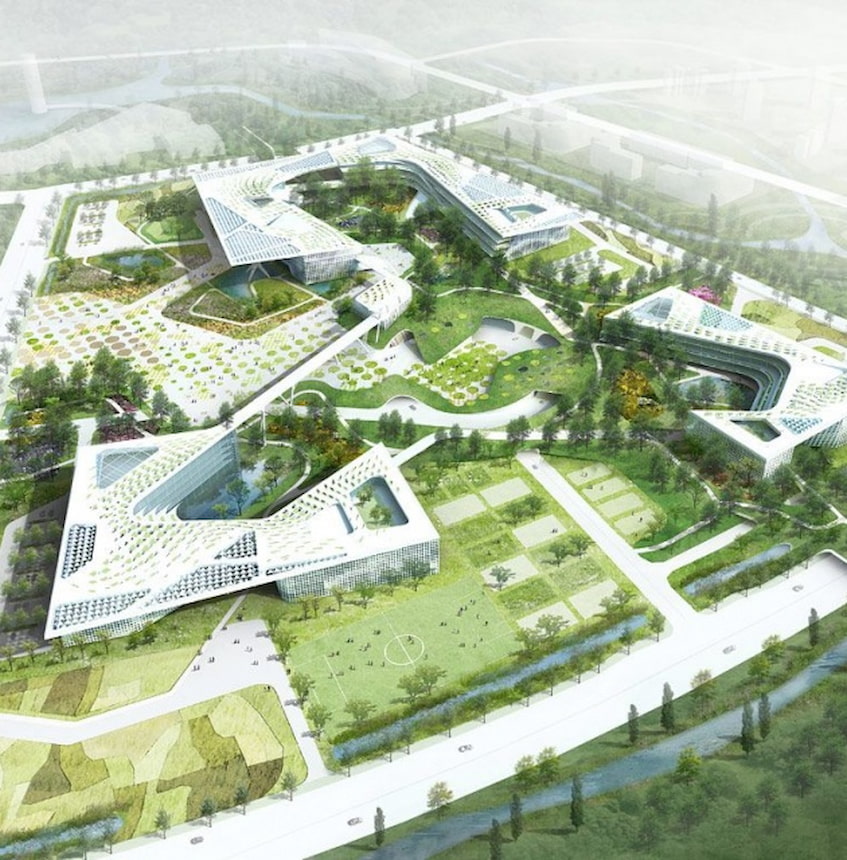
Nip Problems in the Bud: Importance of Pre-Design Steps in Building Construction
When we think about erecting buildings, usually the first thing that comes to mind is a busy construction site, complete with heavy machinery and a team of workers who put in the hard yards. While this is certainly one of the most important stages in building construction, it’s only one piece of the puzzle.
Behind every successful project, there’s a carefully planned building design process encompassing many stages, phases, and steps. Not to be confused with the architectural design itself, this pre-design plan is what puts things into motion, and as such it’s the first step towards bringing an idea to life.
Contents
Precursory Activities

Every building needs a strong foundation, and every plan needs a clear purpose. So, the first phase in this initial stage is to define your goals and needs and find the most favourable way to turn your vision into reality. This is crucial before moving on to other building design stages because it explores different options for delivering the project and potential problems that may arise.
Phase 1 typically includes gathering information on the property location, the type of the proposed development, the budget, the purpose of the building, the architectural style and other specifics your building design company may require. Some Australian building consultants provide free professional advice at this stage, helping you make an informed decision early on, thus saving you from a potential dead-end or a costly mistake.
Preliminary Research
Then, the building design process proceeds to phase 2, which encompasses site investigation and feasibility planning to help determine whether your idea can or should be pursued. This typically includes an on-site inspection, property research, underground services research, neighbourhood analysis, approval and permit requirements, etc.
The design development stage in construction can’t be initiated without a thorough feasibility study, and here’s why. This preliminary research helps uncover potential challenges you may need to address during concept design development and construction stages. For instance, if you propose a residential development in a flood-prone area, you may need to incorporate a special foundation or drainage system to ensure the safety of the residents, the surrounding community, and the environment.
Or, if you’re planning on erecting a high-rise building in an earthquake-prone area, your design team will need to account for seismic activity and potential hazards to ensure the building’s integrity and the safety of its occupants. Conducting a thorough site investigation will provide the architects and engineers with critical information so they can develop a design that’s both safe and aligns with your expectations.
Project Analysis

At this stage, your building consultants will have a clear view of your ideas and goals and should provide you with estimates on their services, payment options, and timeframe so you can establish a formal agreement. When reviewing the engagement letter for the project, ensure that it clearly outlines the scope of work, fees, and payment terms.
Concept Design and Assessment of Regulations
Now the ball is in your consultants’ court. In this phase, they will assess authorities’ regulations and requirements. Based on this and previously acquired information, together with your input, they will prepare a concept design for you to appraise and assess.
During the concept stage, you can ask questions, express your concerns, and suggest changes that you feel would improve the design. Your team of consultants will consider your feedback and work with you to refine the architectural sketches. Having open and honest communication with your building team is vital to ensure the final design meets your needs and expectations.
Further Design Developments

The next phase involves the implementation of your requirements and further development of the initial sketches. This phase may also include meetings with relevant authorities and coordination with external consultants, ultimately leading to a presentation of the developed design drawings to you for your approval.
Developer and Council Approvals
If you need to demonstrate compliance with relevant regulations, your building consultants will proceed to gather the comprehensive documentation needed for submission and support of the application. This may include developers’ reports, supporting architectural drawings, engineering reports and so on.
This step marks the end of the research and concept design phases and the beginning of the planning and construction stage, where the designs and specifications will be scrutinized by relevant institutions before the building begins to take shape.
It’s important to note that the number of steps that follow will greatly depend on the complexity of the project itself. For instance, smaller projects like single homes or renovations may be pretty straightforward, with minimal changes or revisions along the way.
However, for multi-unit housing, mixed-use developments or large commercial units, the construction stage may involve multiple phases, steps, and ongoing input from your design team and external consultants. With this in mind, you can now book a consultation with your preferred design building company and take the first step toward bringing your plan to fruition.


No Comments